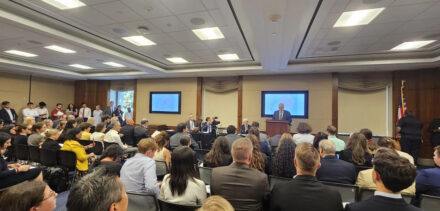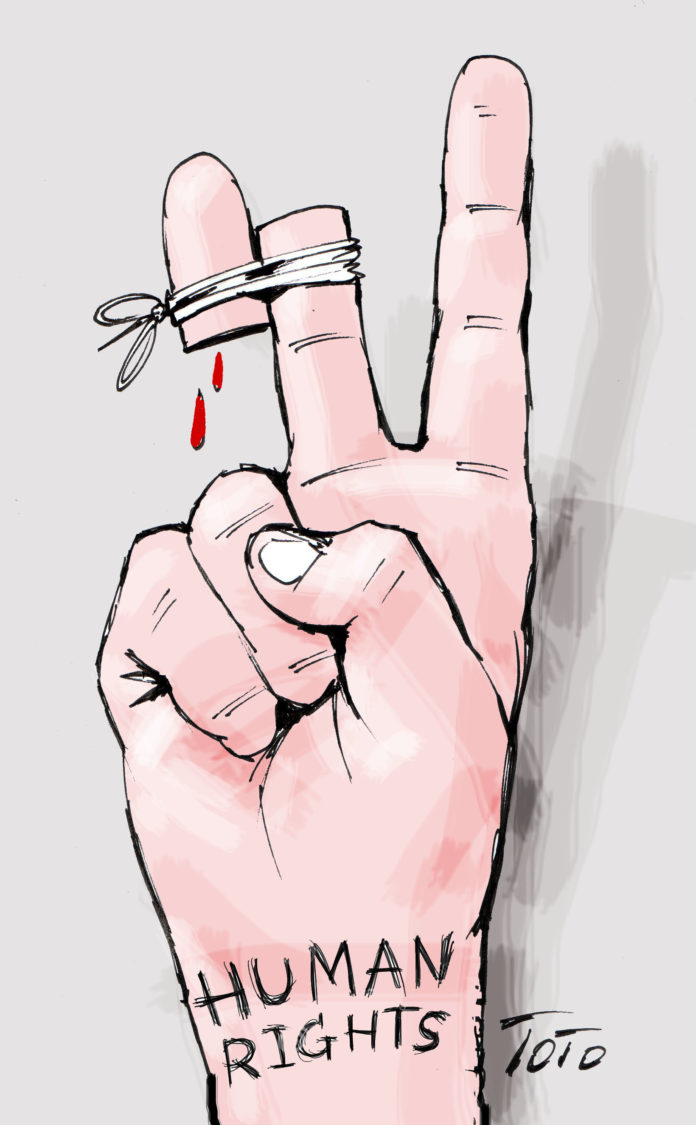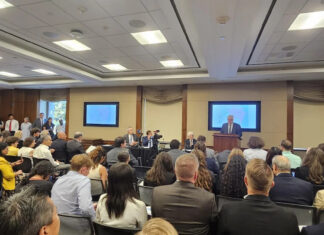The behavior of the Armenian community in Turkey has been defined by fear; fear of expression and action as well as fear of showing their real identities in a society where the dark forces of hatred continue to fester. And there is good reason which justifies those fears: the memory of the Genocide has been transmitted from one generation to the other, even if spoken about only in muted voices.
Children of Armenian descent have been taught at school that they are the progeny of a treacherous race called Armenian and thus they are helped to develop self-hatred.
The Genocide and its historic impact has continued to be amplified by the continuing persecution of minorities through the September 5, 1955 pogroms in Istanbul and through the rigorous application of the wealth tax on Armenians, Greeks and the Jews and subsequent deportations to labor camps in Askale in the 1940s.
As if that were not enough, Turkish government leaders have continually intimidated Armenians. One such example was the statement of President Turgut Ozal, who in 1993 warned that if the lessons of 1915 have not been learned well by Armenians, then they deserve more. Subsequent Turkish leaders, including Prime Minister Tansu Çiller and President Recep Tayyip Erdogan, have not missed opportunities to threaten to expel migrant Armenians in Istanbul.
The Armenian community was conditioned to live and survive in this kind of intimidating atmosphere, when a different voice was heard — a defiant one. The voice belonged to Hrant Dink; it sent a shiver down the collective spine of the community.
Leaders and citizens alike were stunned that an ethnic Armenian could be rash enough to try to shake off the chains of slavery which had been encircling the obedient minority for so long.








